How AR Glasses Are Improving Industrial Training
22 March 2025
Augmented Reality (AR) is no longer science fiction—it's here, and it's changing the game! If you’ve ever imagined what it would be like to have real-time information pop up before your eyes while you work, then AR glasses might just be the coolest tech you’ve been waiting for. But beyond the “wow” factor, these smart glasses are revolutionizing industries, especially when it comes to training. So, let’s dive deep into how AR glasses are improving industrial training and why this technology might be the key to upskilling the workforce of tomorrow.

What Are AR Glasses, Anyway?
Before we get into the nuts and bolts of how AR glasses are transforming industrial training, let’s take a quick refresher on what AR glasses actually are. AR glasses are wearable devices that overlay digital information—like images, videos, or 3D models—onto the real world. Imagine walking into a factory and seeing step-by-step instructions floating in mid-air as you look at a machine. That’s essentially what AR glasses do!These glasses use a combination of sensors, cameras, and sophisticated software to understand your environment and provide you with relevant information on the go. And the best part? You can interact with this digital content without taking your hands off the tools you’re using. Cool, right?
Why AR Glasses? Why Now?
If you’re wondering why industries are jumping on the AR glasses bandwagon, it’s simple: efficiency and accuracy. Traditional training methods, like manuals or even video tutorials, are static. They require employees to stop what they’re doing, check instructions, and then apply what they’ve learned. AR glasses, however, bring the learning to you—right when you need it.With companies constantly looking for ways to cut costs and reduce downtime, AR glasses provide a seamless solution that keeps workers engaged and productive. But that's just scratching the surface. Let’s break down exactly how AR glasses are enhancing industrial training.
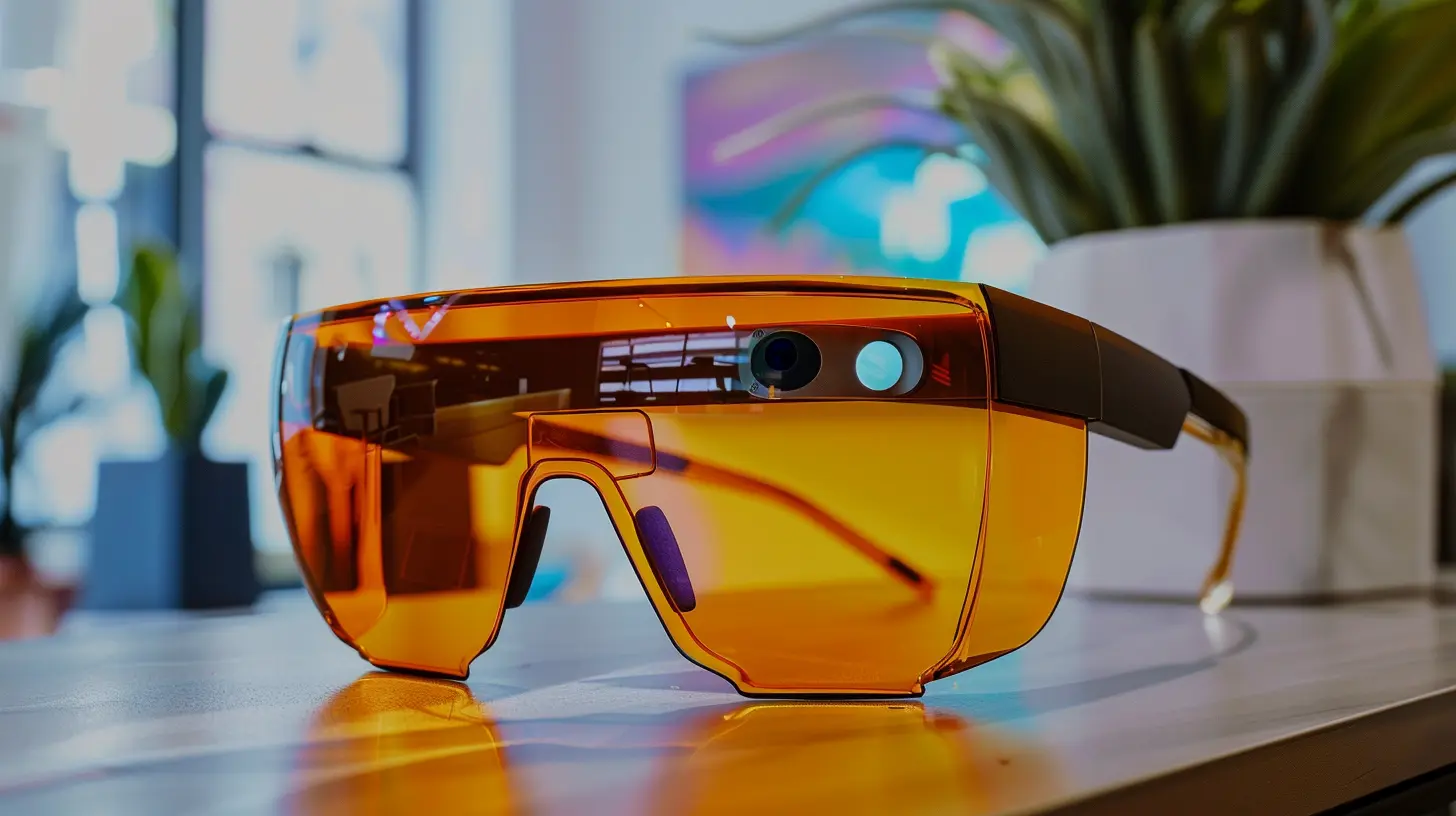
1. Real-Time Guidance and Hands-Free Learning
One of the biggest challenges in industrial training is the gap between learning and doing. Typically, employees are taught new skills in a classroom setting or through watching instructional videos, then expected to apply that knowledge in the field. It’s like learning to swim by reading a book about it—there’s a disconnect between theory and practice.AR glasses bridge that gap by offering real-time guidance. Imagine you’re a technician learning to maintain a complex machine. Instead of flipping through a manual or pausing a video, your AR glasses can display step-by-step instructions directly in your line of sight—while you’re actually working on the machine. You’re essentially getting a hands-free, heads-up display (HUD) that guides you through the process.
This real-time assistance means fewer mistakes and less downtime. Workers can train on the job, with the information they need right in front of them. It’s like having an expert whispering instructions in your ear—except you don’t have to share your lunch with them!
Example: Aircraft Maintenance
In industries like aerospace, where precision is crucial, AR glasses are already making a big difference. Technicians working on aircraft maintenance, for instance, can use AR glasses to follow complex repair protocols with digital overlays showing them exactly where to tighten, adjust, or replace parts. Not only does this improve their accuracy, but it also reduces the time spent on each task.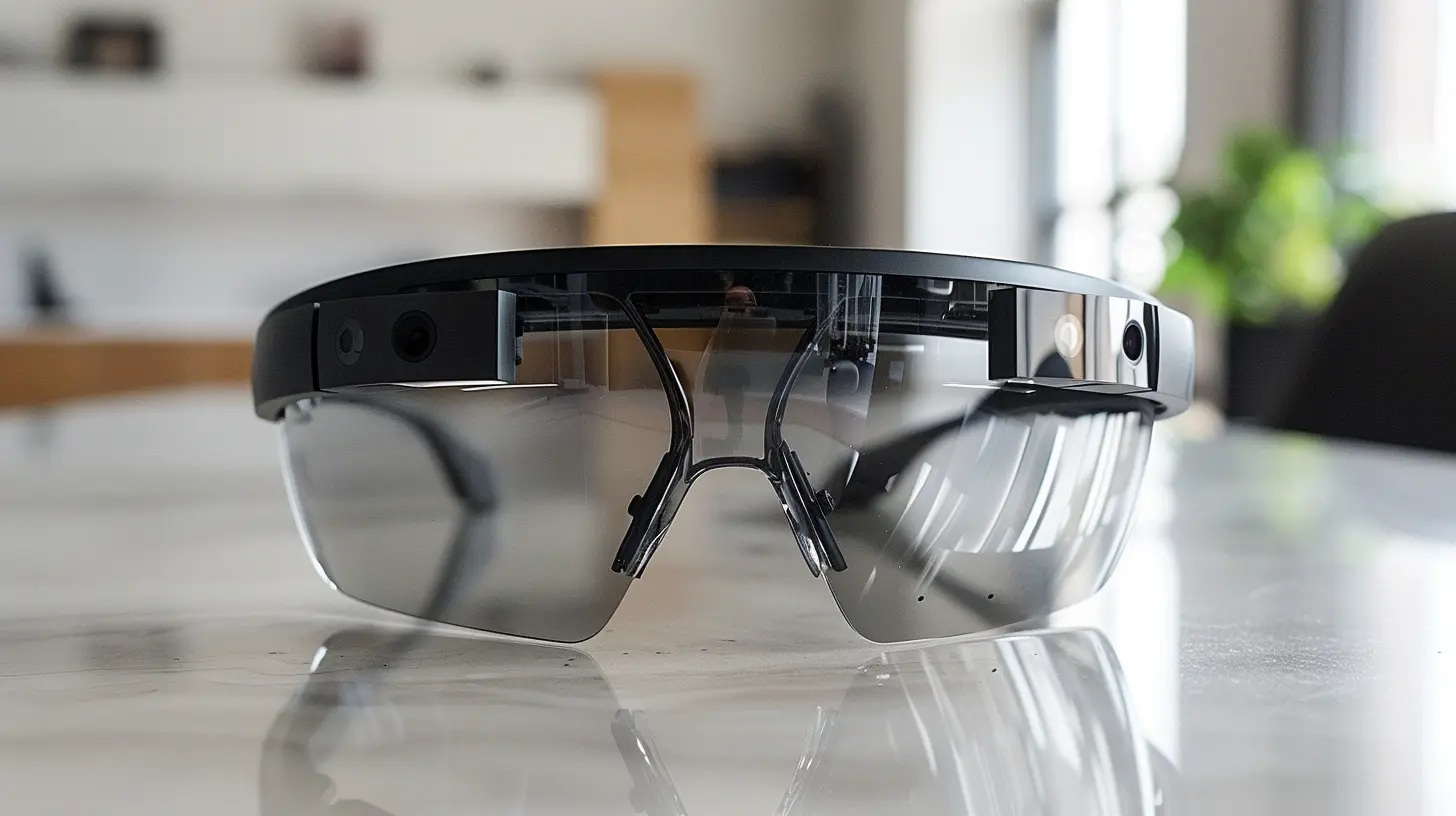
2. Immersive Simulations for Safer Training
Let’s face it—industrial environments can be dangerous. Whether it’s working with heavy machinery, hazardous materials, or in extreme conditions, the risk of injury is always there. That’s where AR glasses come in handy, offering immersive simulations that allow workers to train in a safe, virtual environment before they ever set foot on the factory floor.With AR, trainees can interact with 3D models of machines, practice intricate assembly procedures, or even run through emergency response drills—all without any risk of injury. The best part? These simulations feel incredibly real because they’re integrated with the worker’s actual surroundings. It’s like playing a video game, except instead of saving a princess, you’re learning how to safely operate a forklift or repair a malfunctioning engine.
Example: Hazardous Material Handling
In industries like chemical manufacturing, where handling dangerous substances requires precision and care, AR glasses are being used to simulate hazardous scenarios. Workers can practice proper handling techniques and emergency responses, ensuring they’re fully prepared before they’re exposed to any actual risks.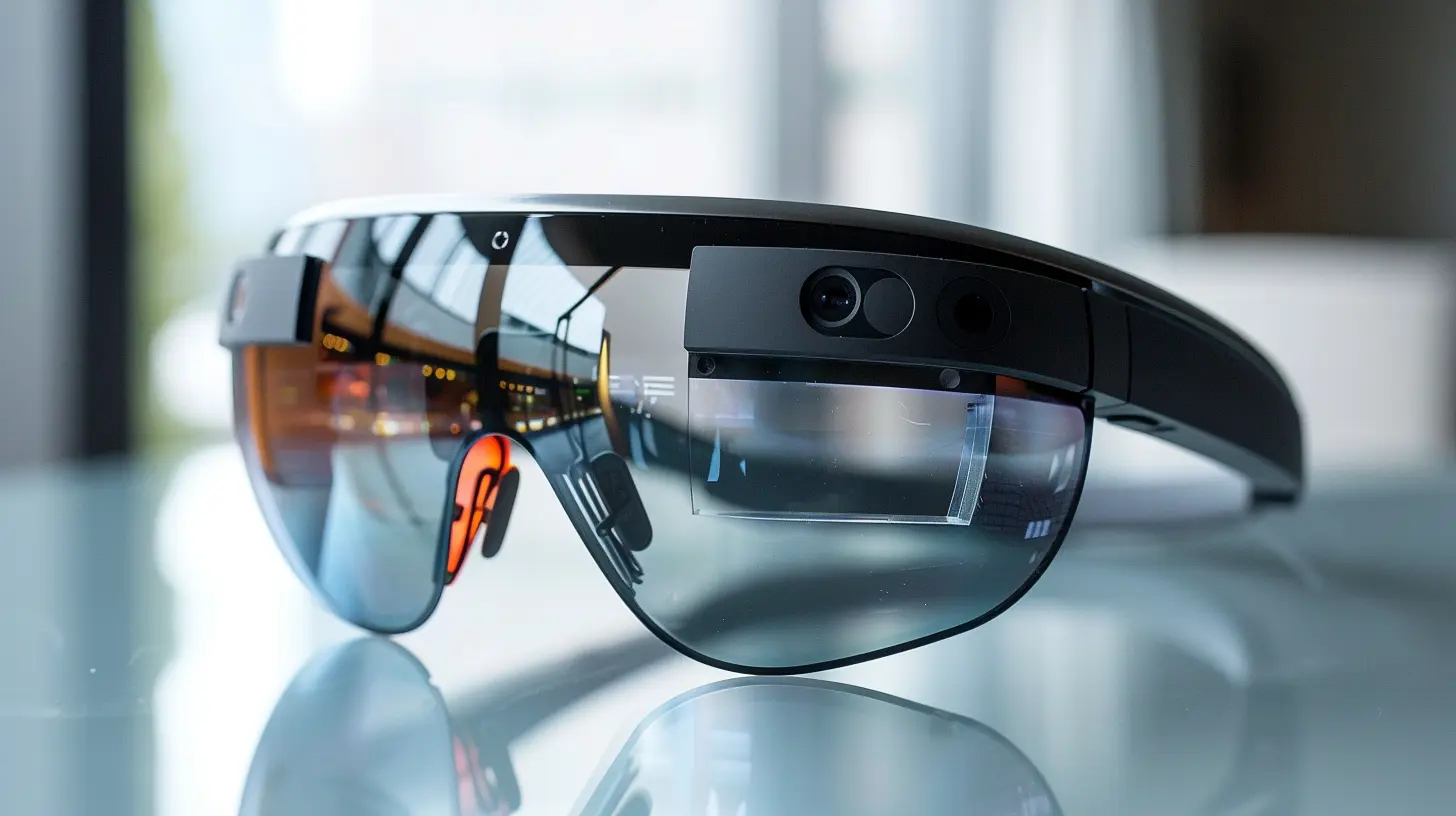
3. Faster Onboarding and Skill Development
Onboarding new employees in an industrial setting can be time-consuming and costly. Traditional methods often involve lengthy training sessions, shadowing experienced workers, and learning from mistakes—which can be expensive if those mistakes lead to damaged equipment or downtime.AR glasses, however, can dramatically speed up the onboarding process. New hires can put on a pair of AR glasses and receive guided tutorials tailored to their specific tasks. These tutorials can be interactive, allowing employees to learn by doing rather than just observing. Plus, since the content is always available, workers can revisit lessons as needed, reinforcing their skills over time.
Example: Automotive Assembly Line
In the automotive industry, AR glasses are being used to onboard new assembly line workers. Instead of spending weeks learning the nuances of assembling different car components, workers can use AR glasses to receive real-time, step-by-step instructions. This reduces the learning curve and ensures that production lines keep running smoothly.4. Remote Assistance and Collaboration
Sometimes, even experienced workers run into problems that they can’t solve on their own. In the past, this would mean calling in an expert, potentially causing delays while waiting for them to arrive on-site. But with AR glasses, remote assistance is just a few clicks away.Thanks to the built-in cameras and connectivity of AR glasses, workers can livestream their point of view to off-site experts, who can then provide real-time guidance. The remote expert can even draw annotations that appear directly in the worker’s field of view, showing them exactly what to do. It’s like having your own personal tech support team, but without the long hold times!
Example: Oil and Gas Industry
In the oil and gas industry, where field operations often take place in remote locations, AR glasses are proving invaluable. Field workers can connect with experts located thousands of miles away, allowing them to troubleshoot equipment issues or perform complex repairs without waiting days or even weeks for specialized help.
5. Data-Driven Insights for Continuous Improvement
One of the most exciting aspects of using AR glasses in industrial training is their ability to gather data. Every interaction a worker has with the AR system can be logged and analyzed, providing valuable insights into how training programs can be improved.For example, if the data shows that workers are consistently struggling with a particular step in a procedure, trainers can revise the content to make it clearer. Or, if certain tasks are taking longer than expected, companies can identify bottlenecks and optimize workflows. It’s like having a coach who’s always watching, making sure you’re improving with every rep.
Example: Manufacturing Quality Control
In manufacturing, AR glasses are being used to enhance quality control processes. By analyzing how workers interact with AR-guided inspection procedures, companies can identify areas where mistakes are happening and make adjustments to improve accuracy and efficiency.6. Reduced Training Costs and Downtime
Let’s be honest—training can be expensive, especially in industries where equipment downtime equals lost revenue. Traditional training methods often require production to stop so that workers can be trained in a controlled environment. But with AR glasses, employees can train on the job, reducing the need for scheduled downtime.Additionally, because AR glasses allow for more immersive and interactive learning, workers tend to retain information better, reducing the need for costly retraining sessions. The result? Companies save money, and employees get up to speed faster.
Example: Warehouse Operations
In warehouse settings, AR glasses are being used to train workers in picking, packing, and inventory management. Because the training happens in real-time while workers are on the floor, there’s no need to halt operations, leading to significant cost savings.
Conclusion: The Future of Industrial Training Is Augmented
There’s no denying it—AR glasses are transforming the way industries approach training. By providing real-time guidance, enabling immersive simulations, speeding up onboarding, facilitating remote collaboration, and delivering valuable data, AR glasses are making industrial training faster, safer, and more effective than ever before.As the technology continues to evolve, we can expect even more innovative applications that will further enhance the way workers learn and perform their tasks. So, the next time you hear about AR glasses, don’t just think of them as a cool gadget—think of them as the future of industrial training!
all images in this post were generated using AI tools
Category:
Ar GlassesAuthor:

Gabriel Sullivan
Discussion
rate this article
10 comments
Lila Garcia
Transformative tech enhancing efficiency in industrial training!
April 7, 2025 at 2:37 AM

Gabriel Sullivan
Absolutely! AR glasses are revolutionizing industrial training by providing immersive, hands-on experiences that enhance learning and retention while streamlining processes.
Owyn McKittrick
AR glasses are a game-changer for industrial training! They make learning hands-on and immersive, bridging the gap between theory and practice in such a cool way!
April 6, 2025 at 3:35 AM

Gabriel Sullivan
Absolutely! AR glasses transform industrial training by providing immersive, hands-on experiences that enhance understanding and retention. They're revolutionizing the way we learn on the job!
Veda Rocha
This article effectively highlights the transformative role of AR glasses in industrial training. By providing immersive, hands-on experiences, these devices enhance retention and skill application. However, the discussion could benefit from addressing potential challenges, such as integration costs and user adaptability, to present a more comprehensive view of AR's impact on training efficiency.
April 4, 2025 at 3:48 AM

Gabriel Sullivan
Thank you for your insightful comment! I appreciate your suggestion to explore challenges like integration costs and user adaptability for a more balanced discussion. I'll consider this for future updates.
April Conrad
Who knew training could be so chic? Future workers will look fabulous in AR specs!
March 31, 2025 at 2:33 AM

Gabriel Sullivan
Thank you! It's exciting to see how AR is transforming training and making it both effective and stylish!
Harmony McVicker
This article highlights the transformative impact of AR glasses on industrial training. By providing immersive, hands-on experiences, they enhance learning retention and efficiency. The integration of AR in training programs not only reduces costs but also prepares workers for complex tasks with greater confidence and skill.
March 30, 2025 at 8:31 PM

Gabriel Sullivan
Thank you for your insightful comment! I appreciate your recognition of the benefits AR glasses bring to industrial training. Their ability to enhance learning and boost confidence is indeed transformative.
Dominic Cannon
This article effectively highlights the transformative role of AR glasses in industrial training. By merging real-time data with hands-on experience, these technologies enhance learning outcomes and safety, paving the way for more efficient and engaging training processes in the industrial sector.
March 25, 2025 at 10:01 PM

Gabriel Sullivan
Thank you for your insightful comment! I’m glad you found the article highlights the significant impact of AR glasses on enhancing industrial training.
Indie Allen
AR glasses are revolutionizing industrial training by enhancing real-time learning and engagement, reducing costs, and improving safety, making complex tasks more accessible and efficient for workers.
March 25, 2025 at 4:24 AM

Gabriel Sullivan
Thank you for your insightful comment! Indeed, AR glasses are transforming industrial training by making learning more interactive, cost-effective, and safer.
Talis Lamb
Exciting advancements! AR glasses could revolutionize training—I'm eager to see their full potential.
March 24, 2025 at 8:57 PM

Gabriel Sullivan
Thank you! We're excited too—AR glasses indeed hold great promise for enhancing training experiences. Stay tuned for more developments!
Lydia McCarty
Great insights on the transformative role of AR glasses in industrial training! The potential for enhanced learning and safety is promising. I'm excited to see how these technologies continue to evolve and shape the future of workforce development. Keep up the excellent work!
March 24, 2025 at 4:46 AM

Gabriel Sullivan
Thank you for your kind words! I'm glad you found the insights valuable. Exciting times ahead for AR in workforce training!
Kade McCullough
AR glasses enhance industrial training by providing immersive, hands-on experiences and real-time guidance.
March 22, 2025 at 3:29 AM

Gabriel Sullivan
Thank you! AR glasses indeed revolutionize industrial training by enabling immersive learning and instant support, enhancing skill acquisition and safety.
MORE POSTS

The Best Portable Tech for Home Automation and Smart Living

Social Engineering Attacks: How Hackers Manipulate You Online

Augmented Reality in Architecture: Designing Buildings in a Virtual World
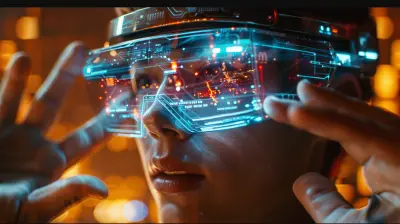
Why Holographic Displays Could Be the Future of Entertainment

The Future of Tech: Conferences That Are Shaping Tomorrow
How to Use Your Fitness Tracker to Improve Your Posture
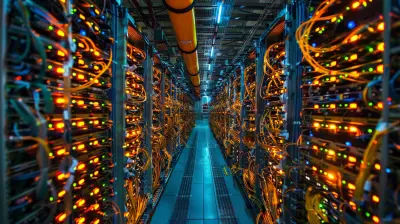
Data Center Security: Best Practices for Safeguarding Your Infrastructure